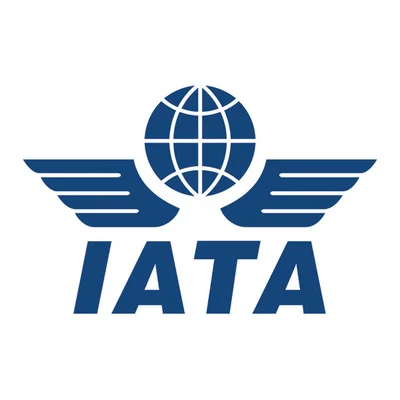The CBA 123 Vector was a collaborative aircraft project between Embraer of Brazil and FMA of Argentina, aimed at creating a 19-seat turboprop for regional flights. Despite having secured 130 orders, the project was canceled in 1991 due to escalating costs.
The joint venture began with an agreement signed by Presidents José Sarney of Brazil and Raul Alfonsín of Argentina in 1986. The project's name, CBA, stood for "Cooperación / Cooperação Brasil-Argentina," reflecting the cooperation between the two countries. The design featured innovative elements such as twin rearward-facing counter-rotating 'pusher' props intended to reduce cabin noise and vibration while allowing a smaller wing design.
Two prototypes were completed, with the first flight occurring in July 1990. However, rising development costs made it difficult to market the aircraft competitively. By 1990, projected costs had increased from USD $3 million to around USD $5 million per unit.
 Alerts Sign-up
Alerts Sign-up




































